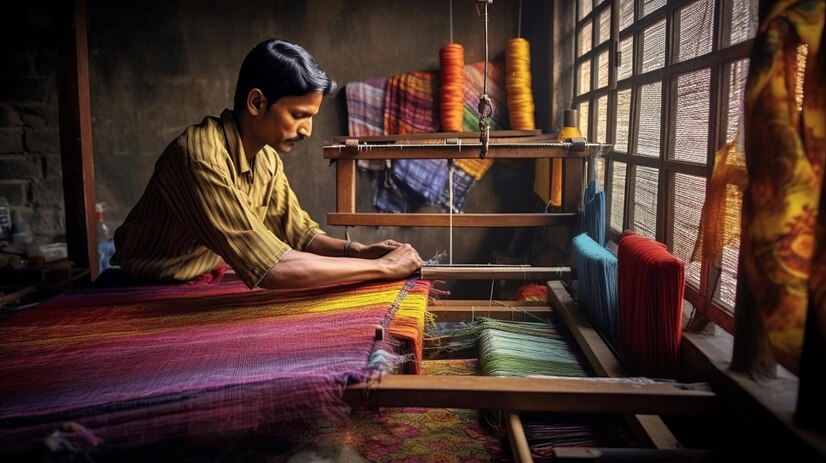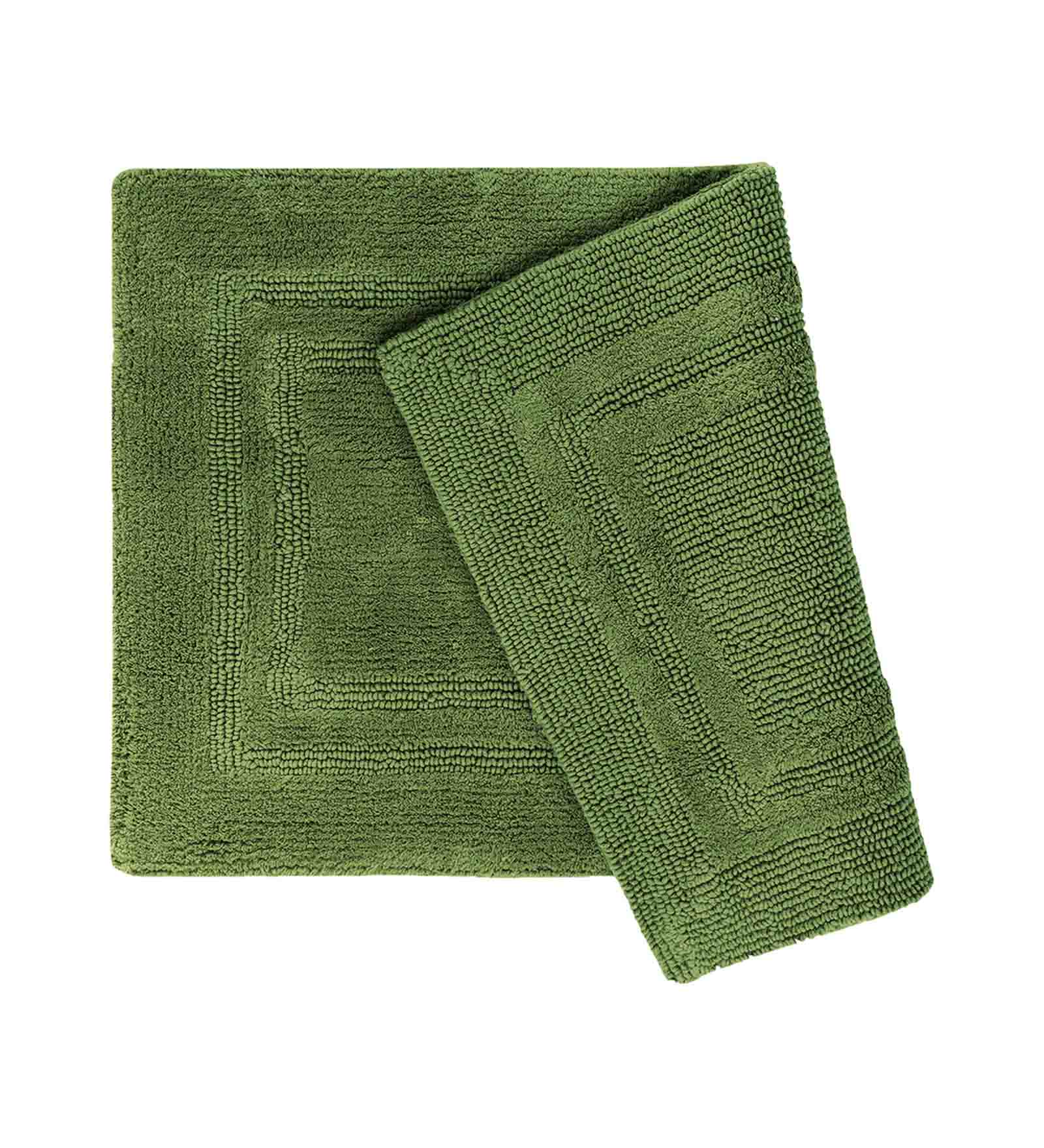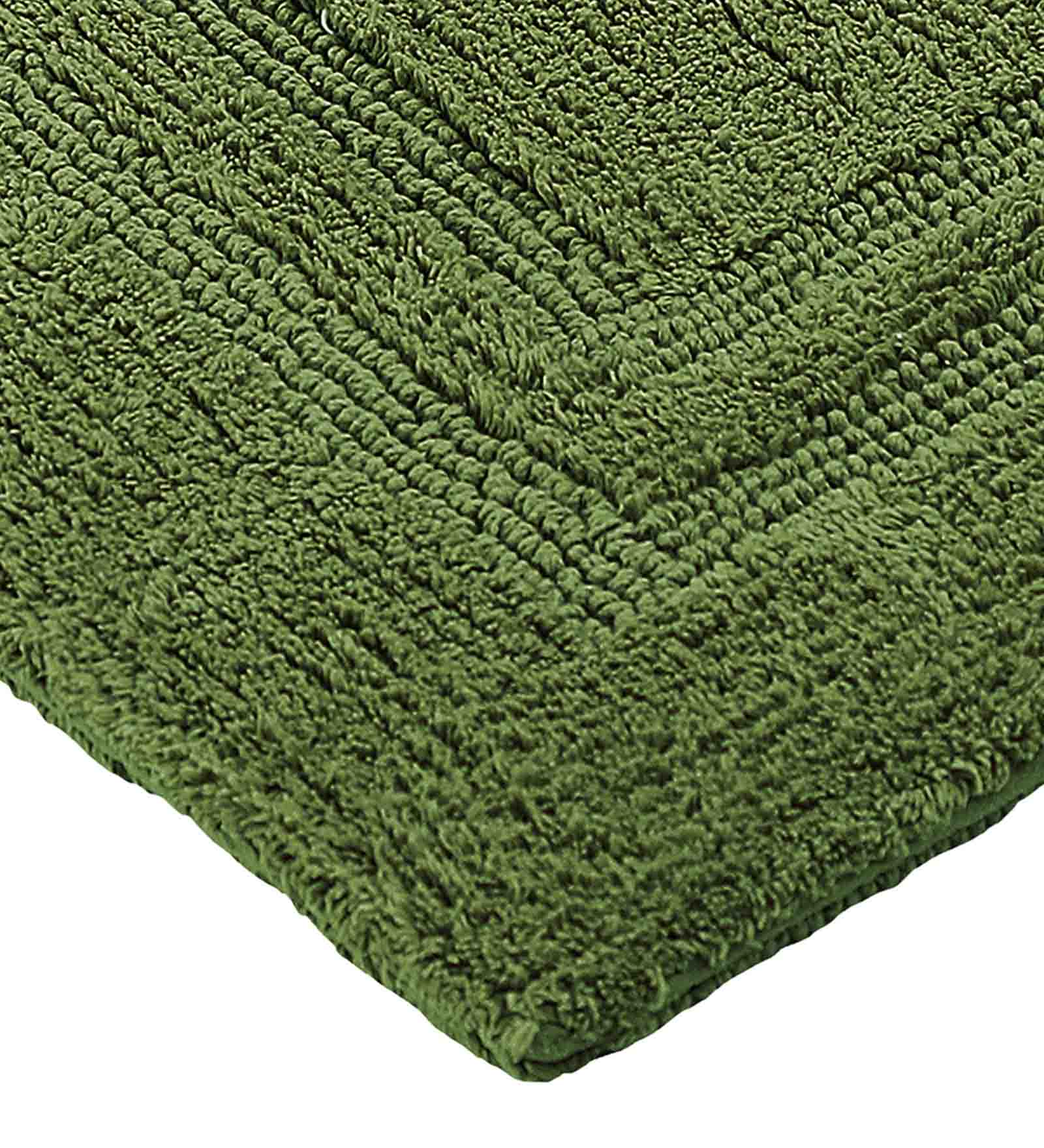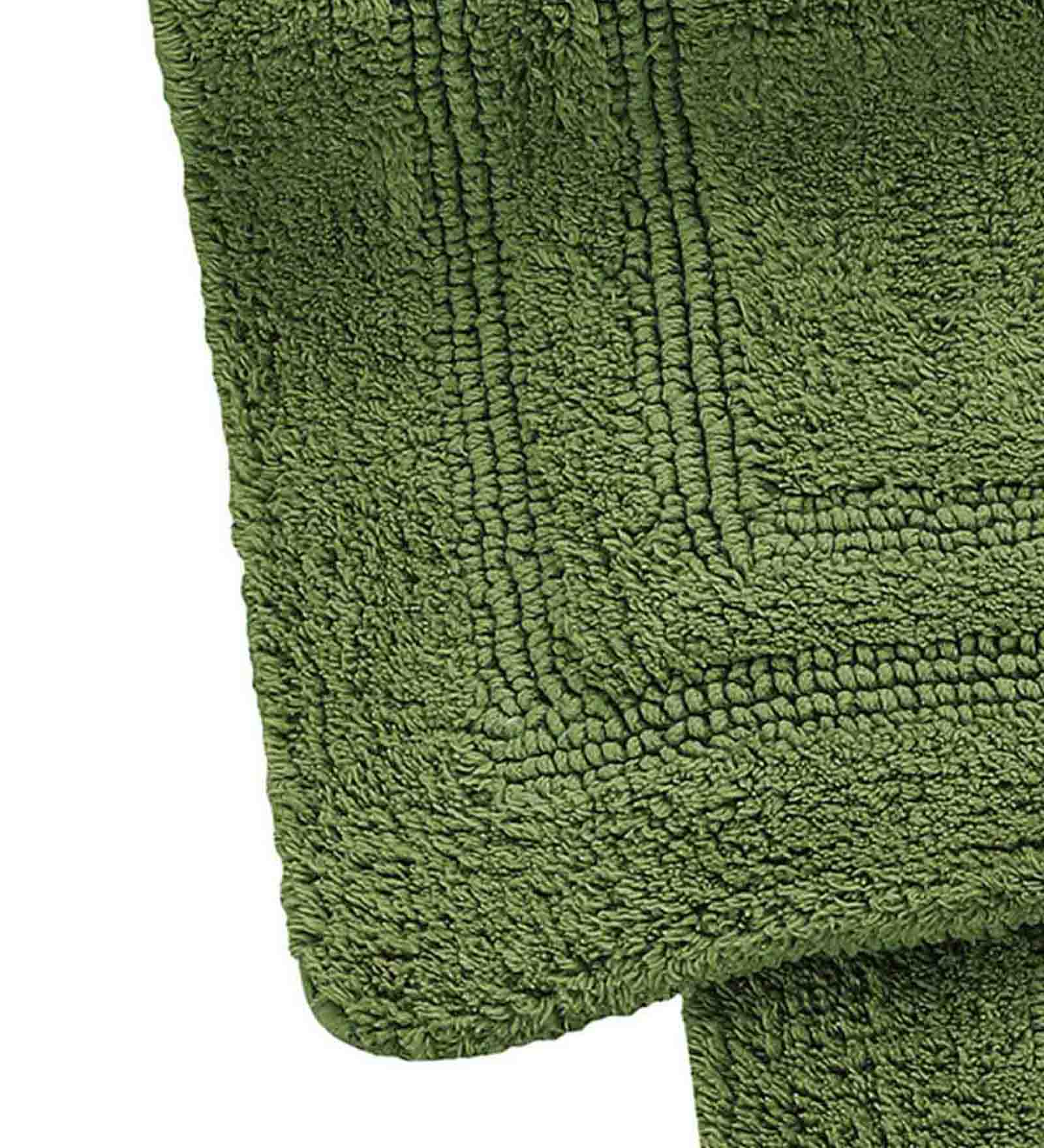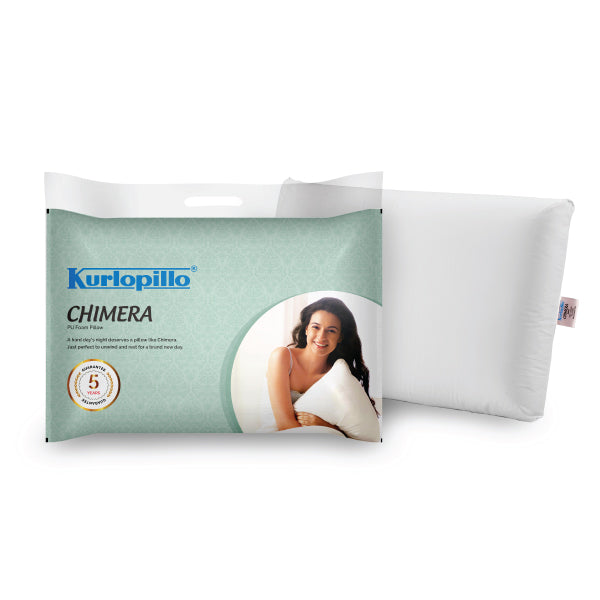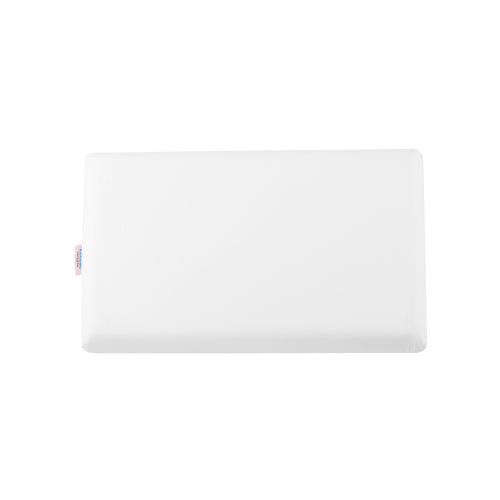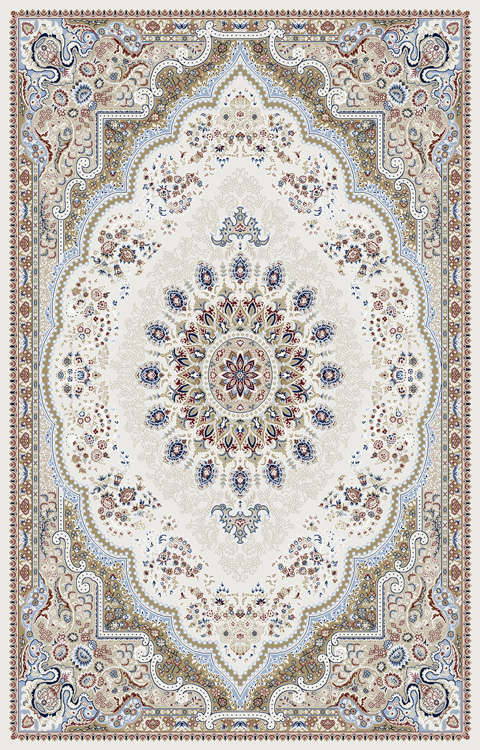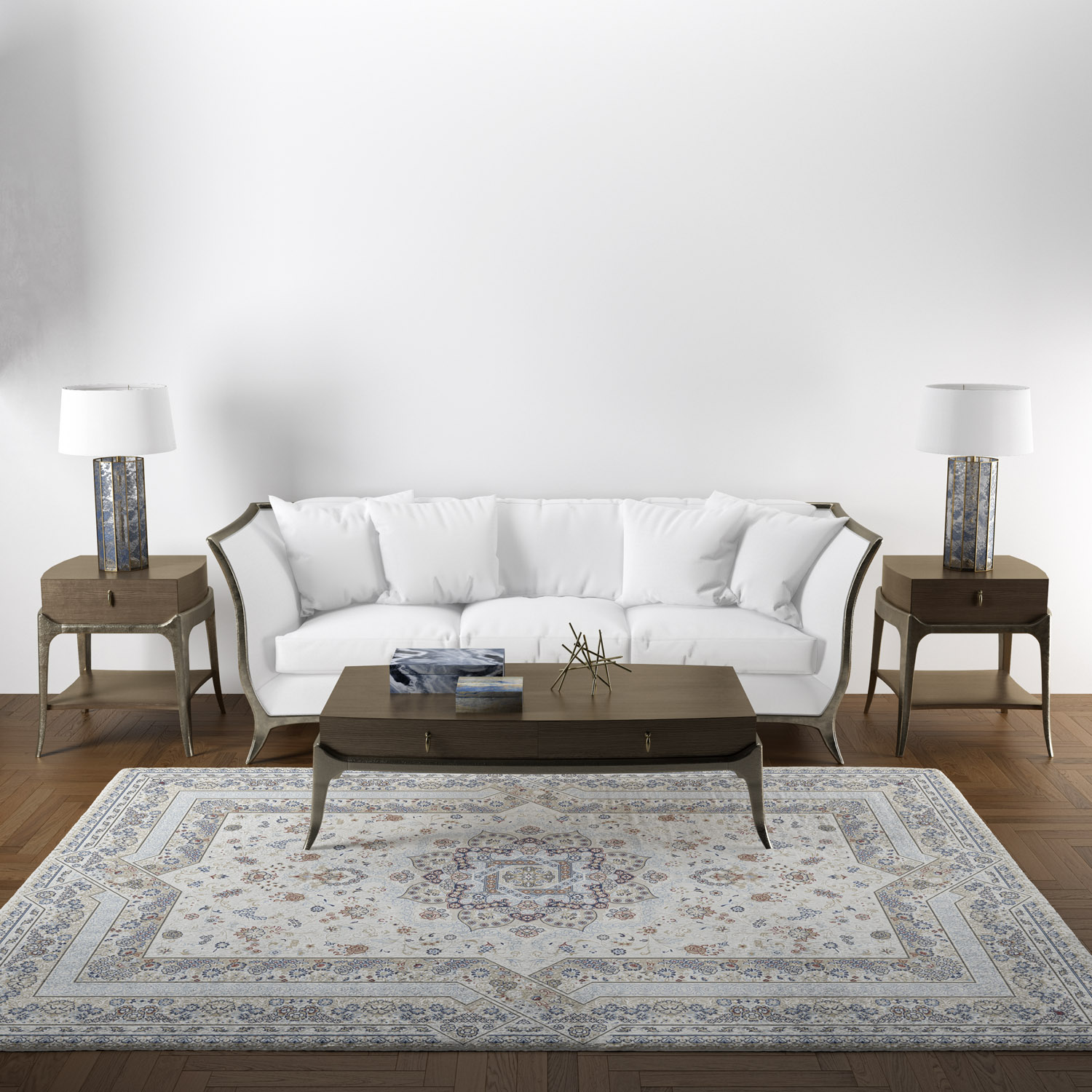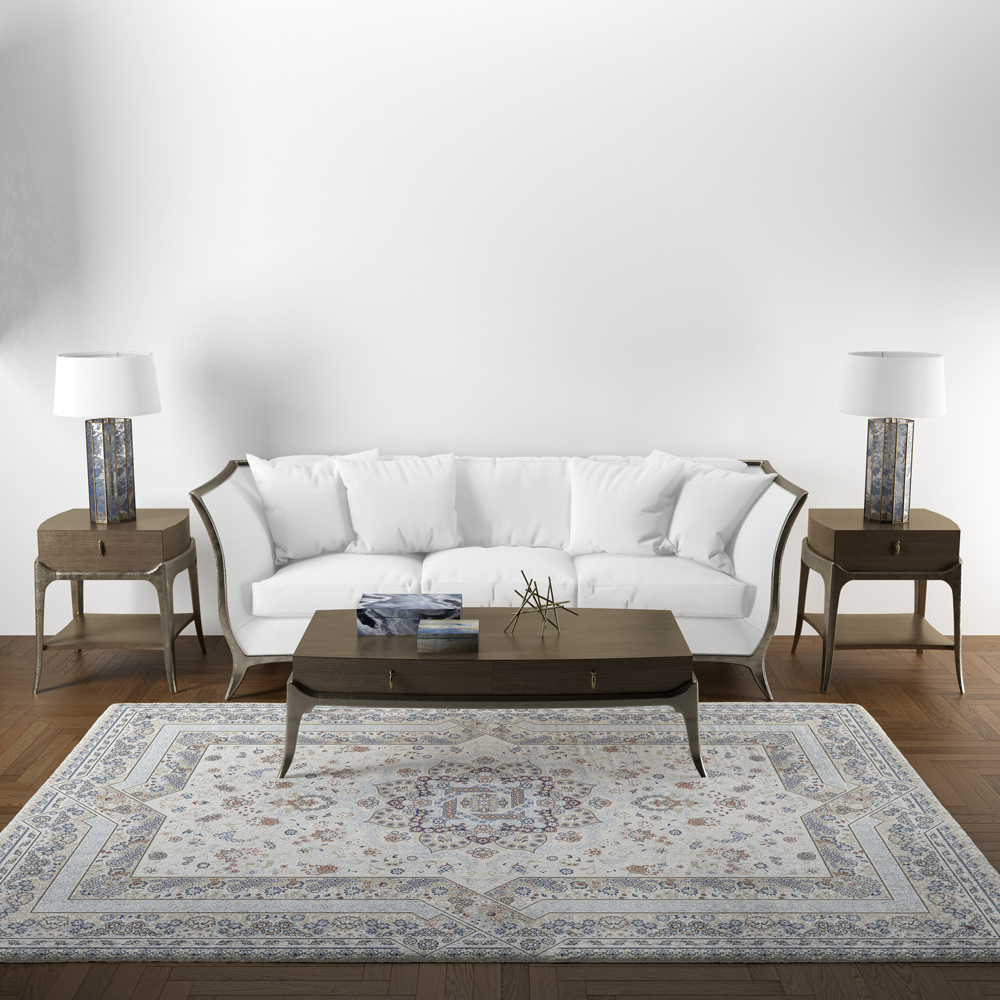The process of making a bedsheet involves several steps, from selecting raw materials to the final finishing touches. Here is a general overview of the typical process:
Selection of Raw Materials>/h2>
Cotton Cultivation: Cotton is a common material for bedsheets. The process begins with the cultivation of cotton plants. The type of cotton and its quality can impact the final product.
Harvesting and Ginning:
Harvesting: Once the cotton plants mature, the cotton fibers are harvested.
Ginning: The harvested cotton undergoes ginning, a process that separates the cotton fibers from seeds and other impurities.
Spinning
Carding: The cotton fibers are carded to align them in the same direction, creating a soft and uniform texture.
Spinning: The carded fibers are then spun into yarn. The spinning process can be done manually or with the help of machines.
Weaving
Looms: The spun yarn is woven into a fabric using a loom. Different weaving techniques can be employed to create various patterns and textures.
Dyeing and Printing:

Dyeing: The fabric is often dyed to achieve the desired color. This can involve immersing the fabric in dye baths or using printing methods.
Printing: For patterned bedsheets, printing techniques such as screen printing, block printing, or digital printing may be used.

Cutting and Stitching
The dyed and printed fabric is cut into the desired size for the bedsheet.
The cut pieces are stitched together to form the final bedsheet. This includes sewing hems, attaching borders, and adding any additional features like buttons or zippers.
Quality Check: Each bedsheet undergoes a quality check to ensure that it meets the required standards. This may include checking for defects, color consistency, and proper stitching.
